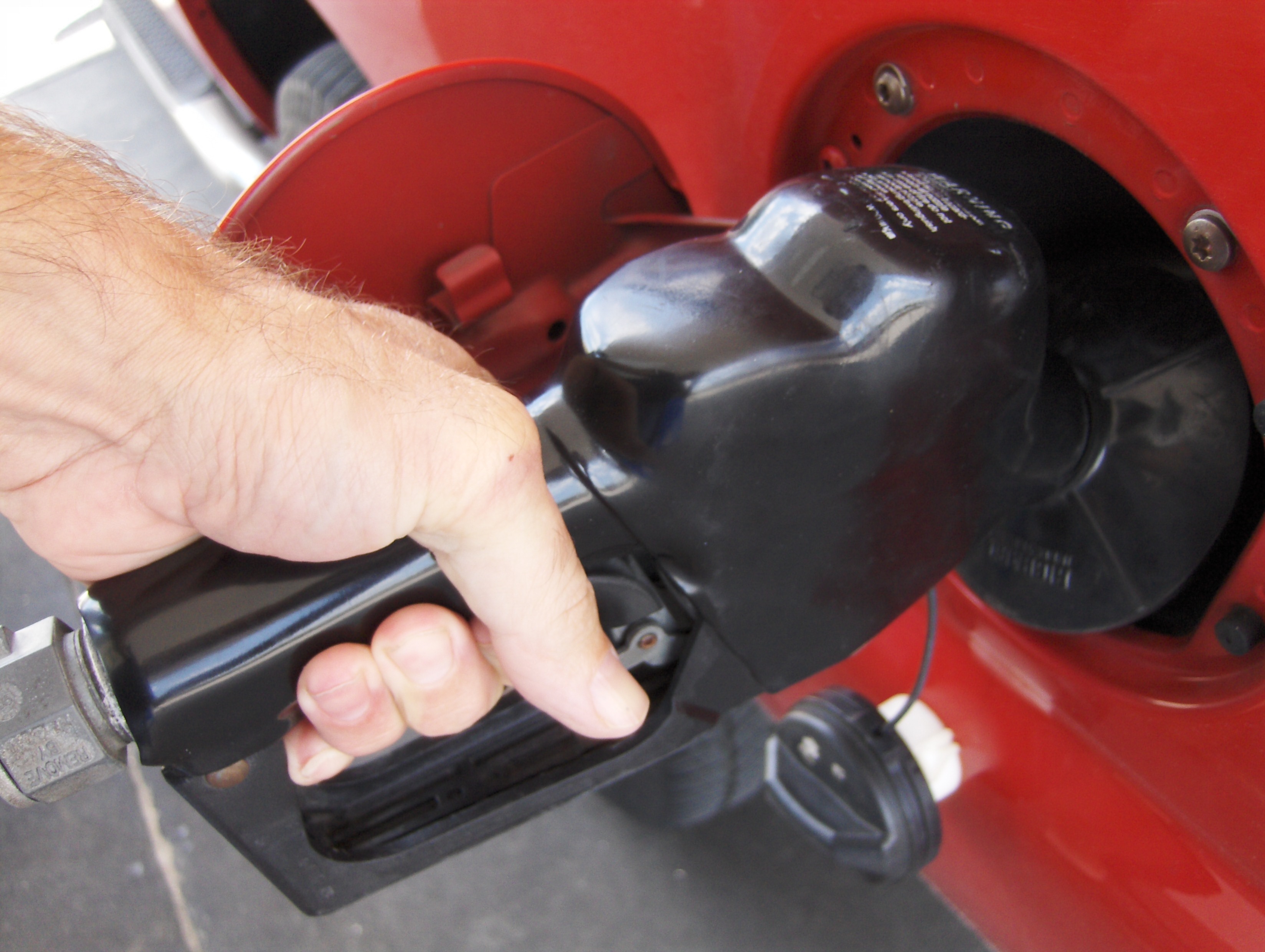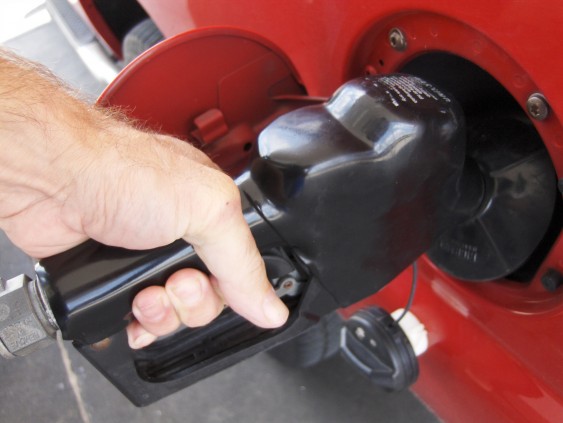In case you hadn’t noticed, gas is a lot cheaper now than it was this time last year. Starting last June, a glut in the international oil markets tipped oil prices into a sustained, seven-month decline. Falling oil price were quickly passed through to consumers, with fueling stations across the country regularly slashing gas prices to levels not seen since the depths of the Great Recession.
So now that gas is cheaper, are we driving more? The answer is both clear and unsurprising: yes, low gas prices have prodded Americans to drive more.
Take a look, for example, at the latest numbers from the Federal Highway Administration, which show a clear uptick in vehicle travel starting in the second half of 2014—just when gas prices started to fall. (See the chart to the right.)
So far, gas prices have had only a modest influence on driving. That’s to be expected. Economists typically find that the short-run “elasticity” of gas consumption to gas prices is fairly low—meaning that substantial changes to gas prices have only a modest effect on driving in the short term.
But over the longer term, low gas prices can have major impacts on driving, as people change their travel routines to take advantage of cheap gas. So if gas prices stay low, we may find that driving keeps on rising. (Which could be bad news for folks trying to make their way through rush hour, and could even boost traffic fatalities!)
At the same time, low prices appear to have spurred consumers to buy less efficient vehicles. For example, researcher Michael Sivak and colleagues at the University of Michigan Transportation Research Institute found that the average fuel efficiency of new vehicles in the US fell by 0.7 mpg between August and December 2014. Some of that may have just been inventory clearance and year-end deals, but it’s still a disappointment for those of us concerned about the environmental consequences of driving.
So the next time you marvel at the low prices at your neighborhood filling station, remember that there’s a dark side to cheap gas.











John Niles
Now that gasoline is cheaper, it’s a good time to support pending Washington State legislation to increase the gas tax for road maintenance and improvements in regional road connectivity that support transit and HOV and freight, in addition to the other reasons that there are roads to all the places where people go.
On vehicle fuel efficiency, because of the Federal mandate instituted by the Obama Administration — 54.5 MPG average for new cars by 2025 — long-run progress is assured in the decade ahead, despite ups and downs in the short run. This standard also means more electric cars are coming, a great thing for Cascadia given that our electric power is mostly carbon free.
Elaine Livengood
The roads need fixed, for sure. How about adding more fees to the price tag of new gas-guzzling, and space-hogging SUVs? Not all the power here in Washington State is carbon-free. PSE still gets more than half of it’s electricity from Colstrip, Montana.
For people on low, fixed incomes cheaper gas is a Godsend. Metro Transit is NOT SAFE, and I haven’t ridden on a bus into Seattle any more than I can help since the Bus Tunnel incidents of several years ago.